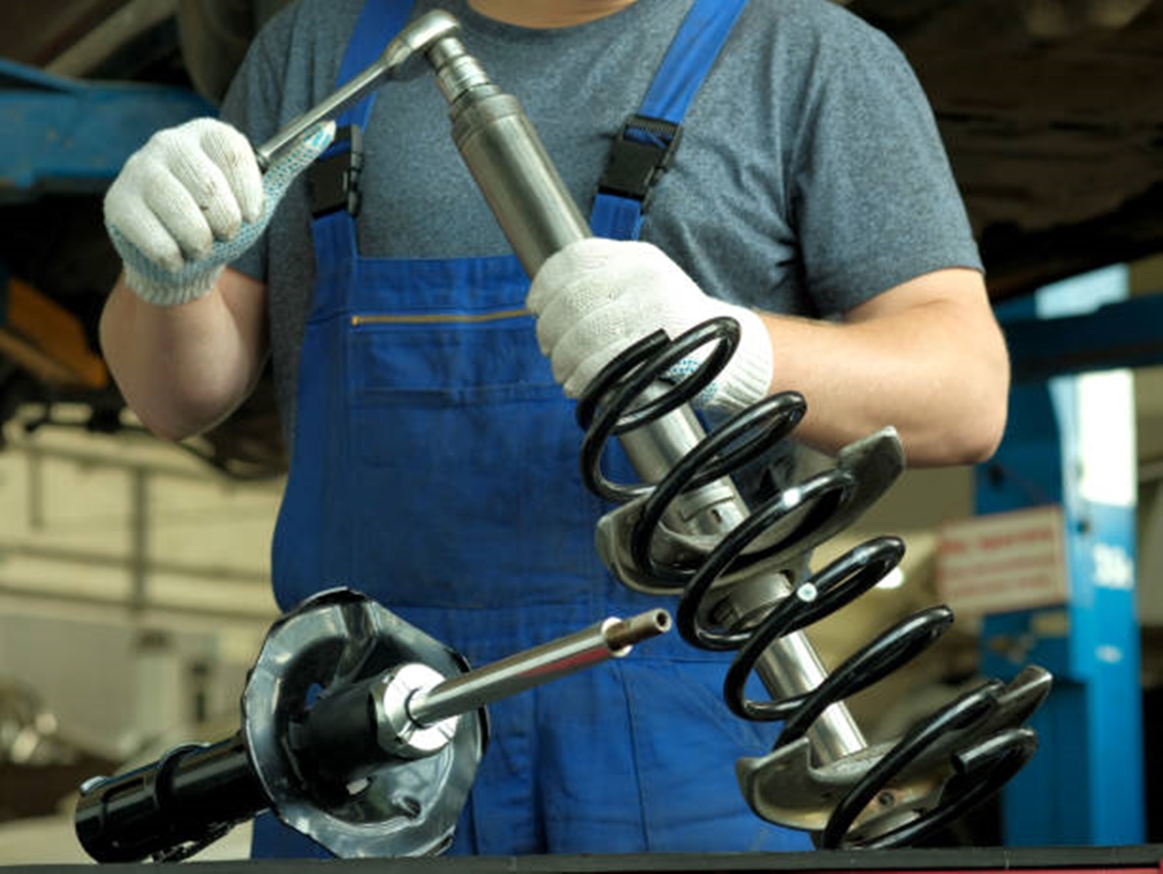Shock absorbers, manufactured by reputable automotive shock absorber manufacturers, are an integral part of the modern motor vehicle. They primarily help absorb road surface imperfections, limiting the transfer of the same to you, the rider/driver, and ensuring a more comfortable ride. In addition to this, shock absorbers play a crucial role in keeping the tires always in contact with the ground throughout your trip. As the point of contact between your car/motorcycle and the road, tires are essential for maintaining balance and control. Therefore, a bad or broken shock absorber can greatly impact driving, steering, or even braking, making them quite a chore
Unlike popular belief, shock absorbers aren’t essentially there to support the vehicle’s weight. To put it into another perspective, shock absorbers convert kinetic energy into heat/thermal energy through a mechanism of exchange. Confusing right? It is however much simpler and easier to understand than you might think.
The standard shock absorber is made up of a cylinder, piston, hydraulic fluid, and springs. Pistons move up and down inside the cylinder containing hydraulic fluid, which is compressed but allowed to pass through tiny holes (controlled). The tiny holes limit how much oil passes through the piston, which slows down the movement of springs, hence preventing a bouncing effect. By slowing down the movement of hydraulic fluid inside the cylinder through the piston, your wheels remain planted on the road surface.
Faulty suspensions will allow more hydraulic fluid through the holes, causing your wheel to bounce around, especially when at higher speeds. The faster the vehicle, the lower the resistance the hydraulic fluid will have, leading to an uncomfortable ride, and potentially dangerous one.
Types Of Shock Absorbers
There are several types of shock absorbers in use today. These however serve the same function though different in design. Some types of shocks are more effective in certain applications than others, with newer designs used in modern vehicles. Nevertheless, suspensions are designed to fit one of the 3 potential scenarios as outlined below.
i. Conventional Telescopic Shock Absorbers
This is the simplest type of suspension in use to date. Telescopic shock absorbers are relatively simple and easy to replace. This type of suspension is used in front and rear suspension systems in a vehicle. It is worth noting that telescopic shock absorbers are inexpensive, and the go-to option when on a tight budget.
ii. Strut Shock Absorbers
Strut-shock absorbers are quite similar to telescopic ones. They are relatively stronger and more efficient for heavy-load applications, where greater forces are expected. This type of suspension is largely found at the front and rear of medium-sized to larger cars. Strut-type shock absorbers are further divided into two types, sealable and reparable units. Repairable units are fitted with strut cartridges that can be replaced if ineffective with a better efficient and capable one. The sealable unit ought to be fully replaced on the respective suspension system for better performance. In other words, it is advisable to replace the sealable units in all your strut shock absorbers if thinking of upgrading. This is to ensure they perform optimally and seamlessly, hence a more comfortable ride.
iii. Spring Seat Shocks
These are similar to telescopic and strut shock absorbers. This type uses a spring as the dampening device, usually designed as a single unit. Although quite similar to strut-type shock absorbers, spring seat shocks cannot be used in high-force or load applications. This is because they do not offer the same strength, precision, and efficiency as struts do.
These are the most commonly used suspensions in the industry. There are however newer suspension systems on the market today, commonly found in luxury and newer car models. You can research more about these systems if looking to upgrade your car to these. Talk to your mechanic or dealer for help identifying the right shock absorbers for your vehicle.

